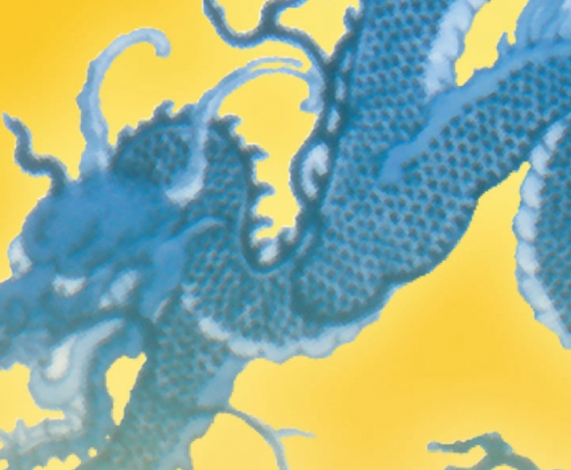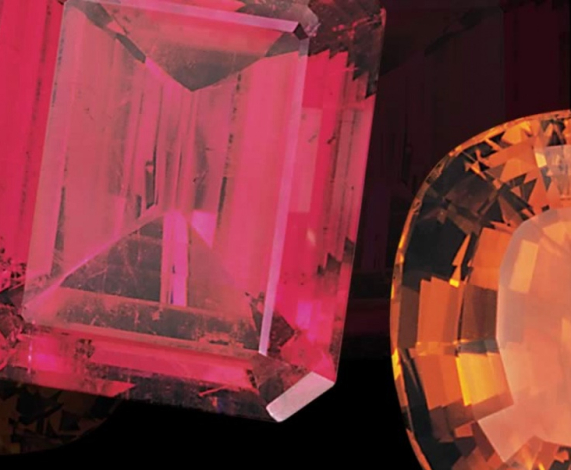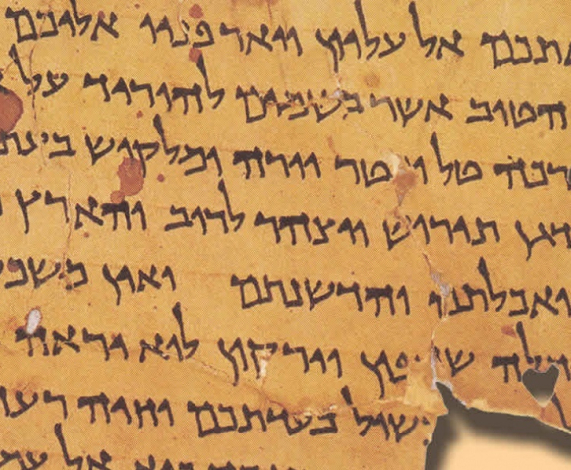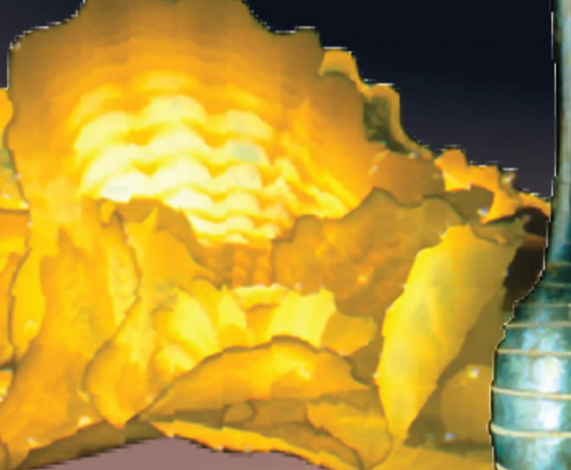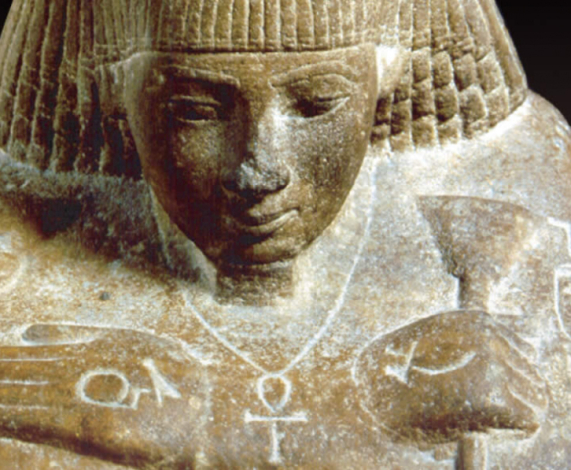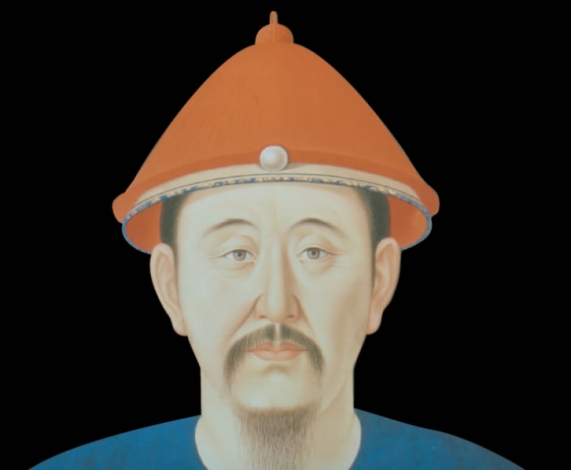Past Exhibitions
Two thousand years ago in an area now known as Tuscany, the Etruscans gave us the concept of the banquet, Roman numerals, the keystone arch, aqueducts, and even the toga. They developed the first cities in Europe and were the first to cultivate olives.

The Etruscans, believed to be indigenous peoples, flourished from the 7th century B.C. to the 1st century B.C. before being defeated by the Romans. Yet all we know of this once great civilization is from meager writings of ancient Greek and Roman scholars and from the artifacts they left behind. The World of the Etruscans shows approximately 335 of these treasures, including elaborate aristocratic tombs called sarcophagi, terra cotta statues, bronze helmets, and gold and silver jewelry. This exhibition is curated by Giuseppina Carlotta Cianferoni, Archaelogical Museum of Florence, and Daniel E. Virtuoso, Centro Affari e Convegni di Arezzo. It has been realized in collaboration with the Istituto Italiano di Cultura, the Cultural Office of the Italian Government in Los Angeles, and is touring worldwide. It was recently shown at El Museo de Bellas Artes in Santiago, Chile.

